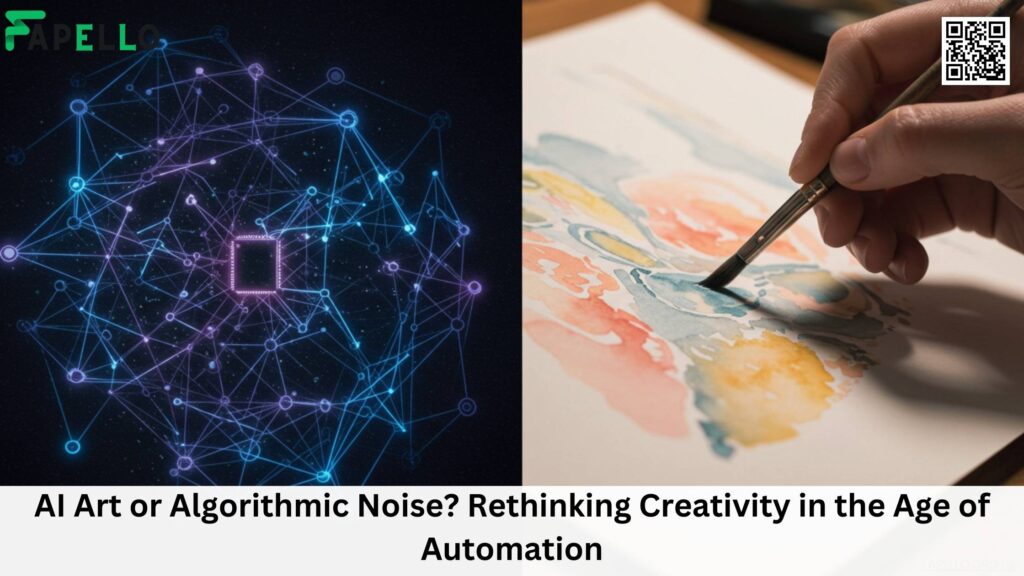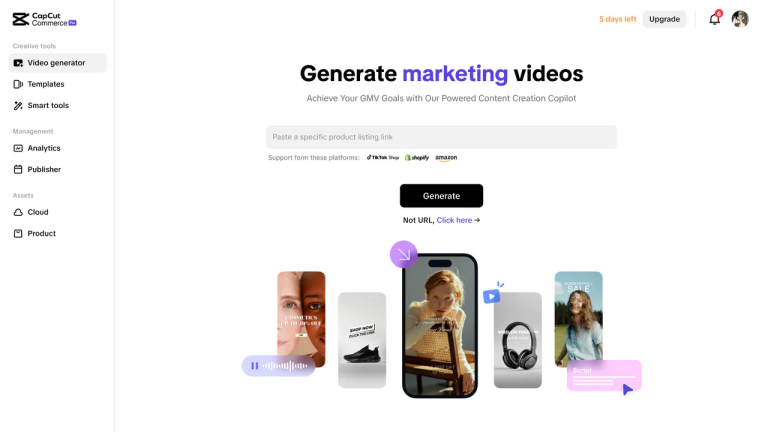Trends and reflections, regarding art in general and creativity in particular, have always been impacted by the non-artistic world. Nowadays, lots of discussions are around AI art and the fascination of the automation process that is so quickly evolving and impacting everything around.
In the article, we will try to dive more into the understanding of how AI tools actually can reshape the individual art and attitude towards creativity. However, before the discussion, we highly recommend checking out hostzealot.com – this hosting service can offer lots of reliable and affordable solutions for high-intensity AI workloads.

Controversial discussions regarding AI Art
AI Art will replace real artists
Probably the most discussed topic that is viral right now relates to the fears of the actual replacement of lots of people who are manually doing their art with AI algorithms. Is such a scenario realistic or not?
Well, sure there the fears are rather understandable because lots of jobs that were manually done were replaced because of automation, but that was not a huge deal. Some misunderstandings were shared at first when people experienced some changes, but rather quickly, everyone understood that automation is a beneficial approach in many spheres. The same might relate to AI Art.
To be honest, not all artistic work is purely creative, there is a lot of rote art labor that can be easily replaced with algorithms. For instance, if there is a task to create 500 small icons for the website, how much time will an actual graphic designer spend working on this huge project? So, why not simplify and use AI for standard tasks and concentrate most of the efforts and the ideas behind the art creation? Moreover, people who were buying oil paintings from some local masters will continue to do so, and that won’t impact their lifestyle greatly.
There might be some parallels between AI art and data processing. Not long ago, the process of data analysis was extremely manual with lots of human errors involved, and now data analysts are involved just in checking the final results, working more on the visualization, and some concepts, rather than wasting lots of time on similar monotonous tasks.
Usage of AI art is like theft
One more common misunderstanding revolves around plagiarism in AI Art. Plagiarism has always been a topic for discussion in the art world. Hopefully, there are some agreements on this topic. Technically, a painting that is repainted in another style, for instance, a Van Gogh painting, can be done in the other style, and it will be accepted as an original work. The same standards should be used in AI art.
The artists have always been inspired by the other works of art and in some way or another interpreted the same ideas, scenes, color palette, and more, so AI art cannot be called a “theft”. AI Art is just an interpretation of existing works, but not full plagiarism. This can be compared to some artists’ work in the same style, and they have unique artworks. The style could not be owned by a specific person, it is created by a community.
AI is trained on the specific artworks, so these professionals should be compensated
The compensation for the fact that certain work was used during the training process of the AI tool is a strange request. How can this fact even be proven, because no images are stored in AI? If, for instance, a trained model uses 30 billion pictures, and half of them were of a specific artist, then it can be considered as inspiration.
Moreover, usually professionals from the creative industry think that common users generate everything based on the artwork. However, more often than not, users are just generating something with photos and a text description of the desired style. This should not be compensated in any way.
Summing up
To sum up, there were always been some technical modernizations that tremendously impacted the way artists express their creativity and change their style. This is an ongoing process of transformation and change that just positively impacts our way of working and understanding the world of art.
Traditionalism is great as a minority, but a wider audience needs more changes and quicker innovations. Visual effects that AI Art creates will never replace real art, but will surely simplify some mundane tasks and processes within some creative teams. There are lots of complexities in the digital age, and we should better adapt and use this inspiring moment for professional growth and evolving opportunities rather than for straggling against them.
Curiosity and creativity should be encouraged by all artists in their new projects, but not resistance to the emerging trends, styles, or AI tools.






